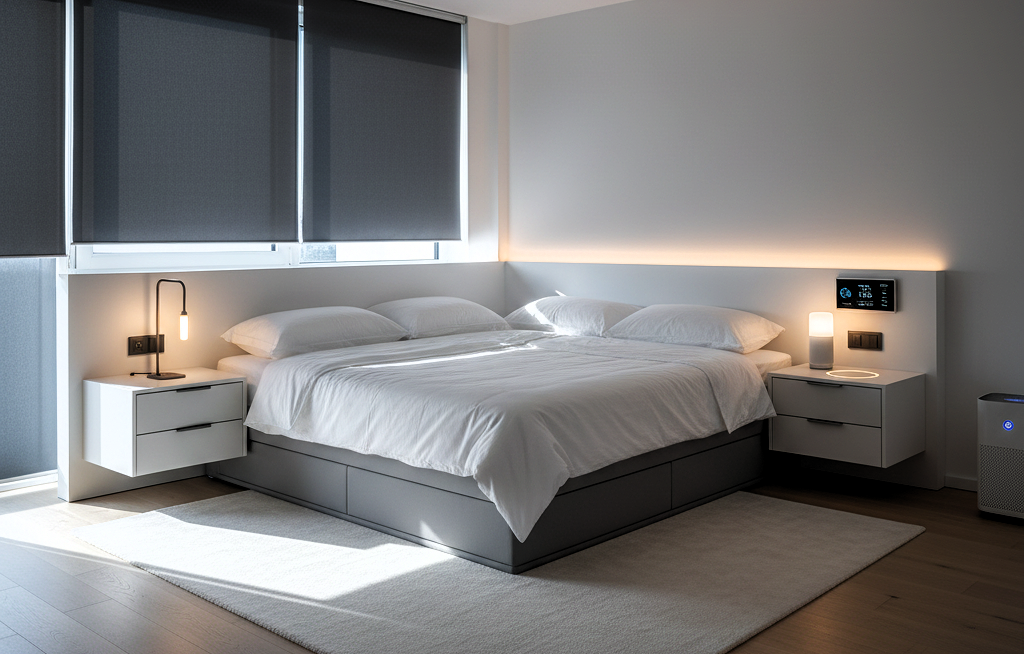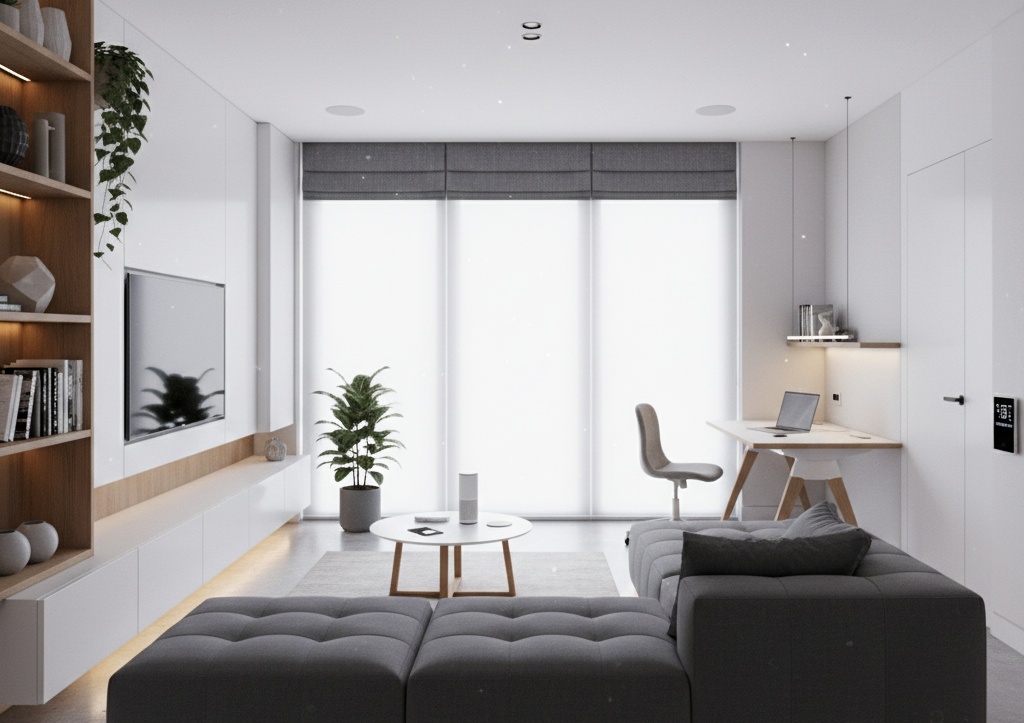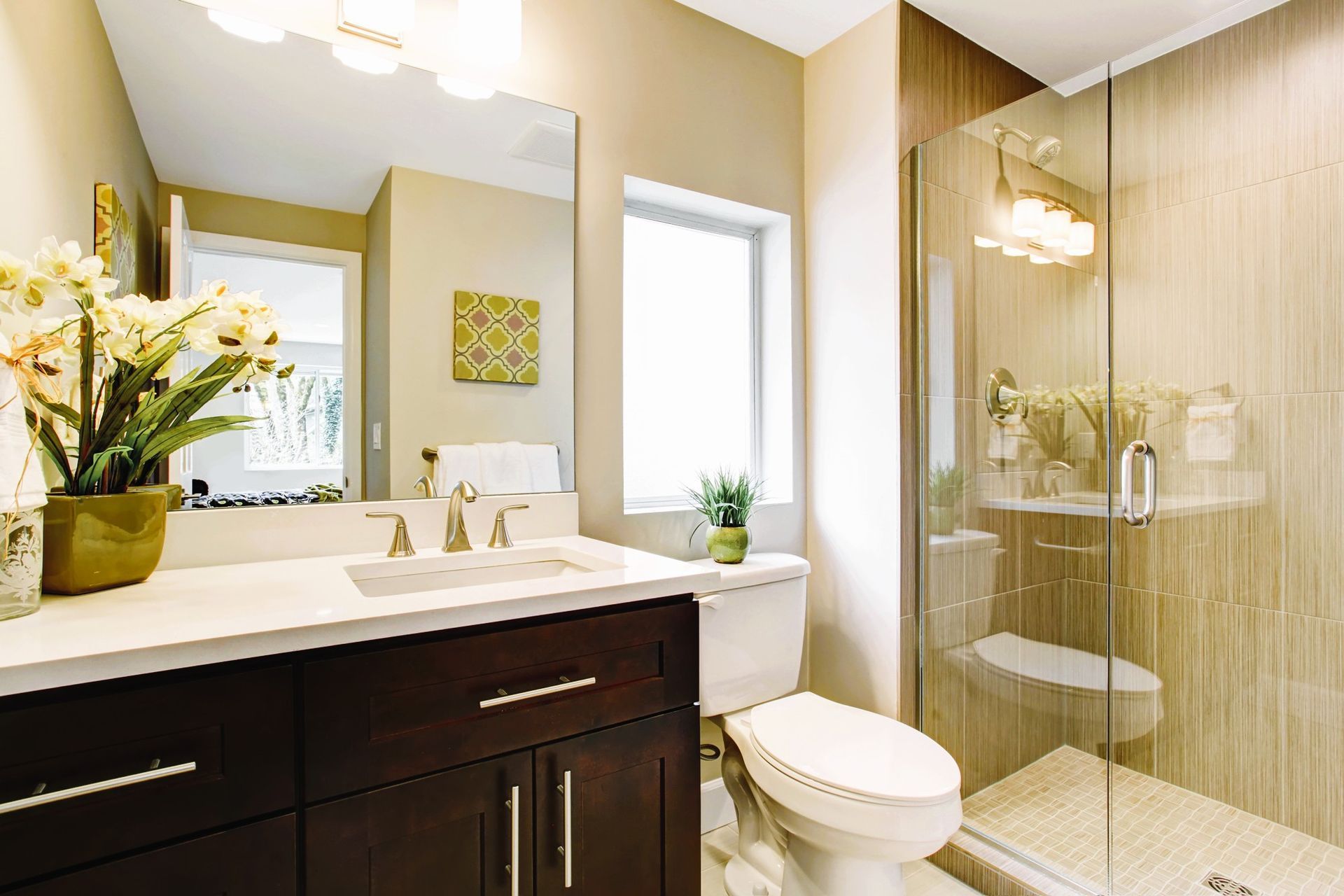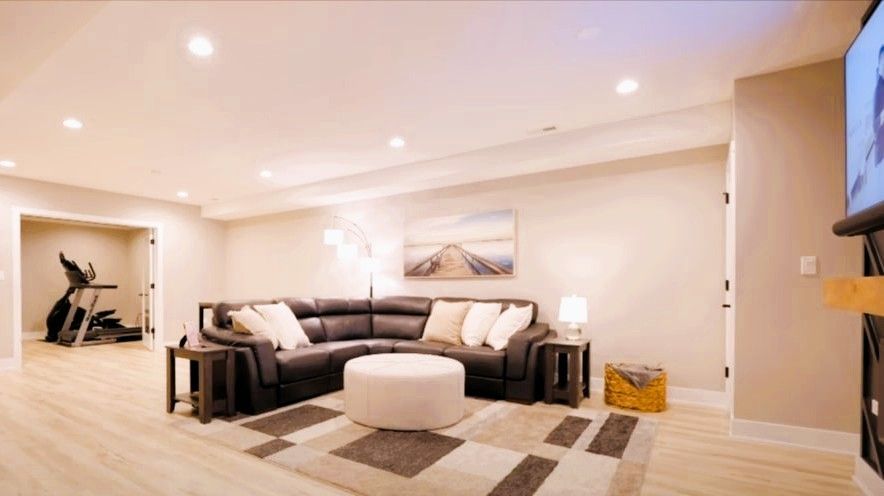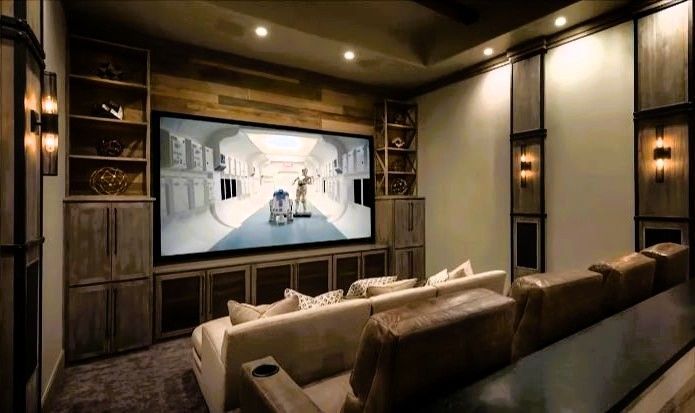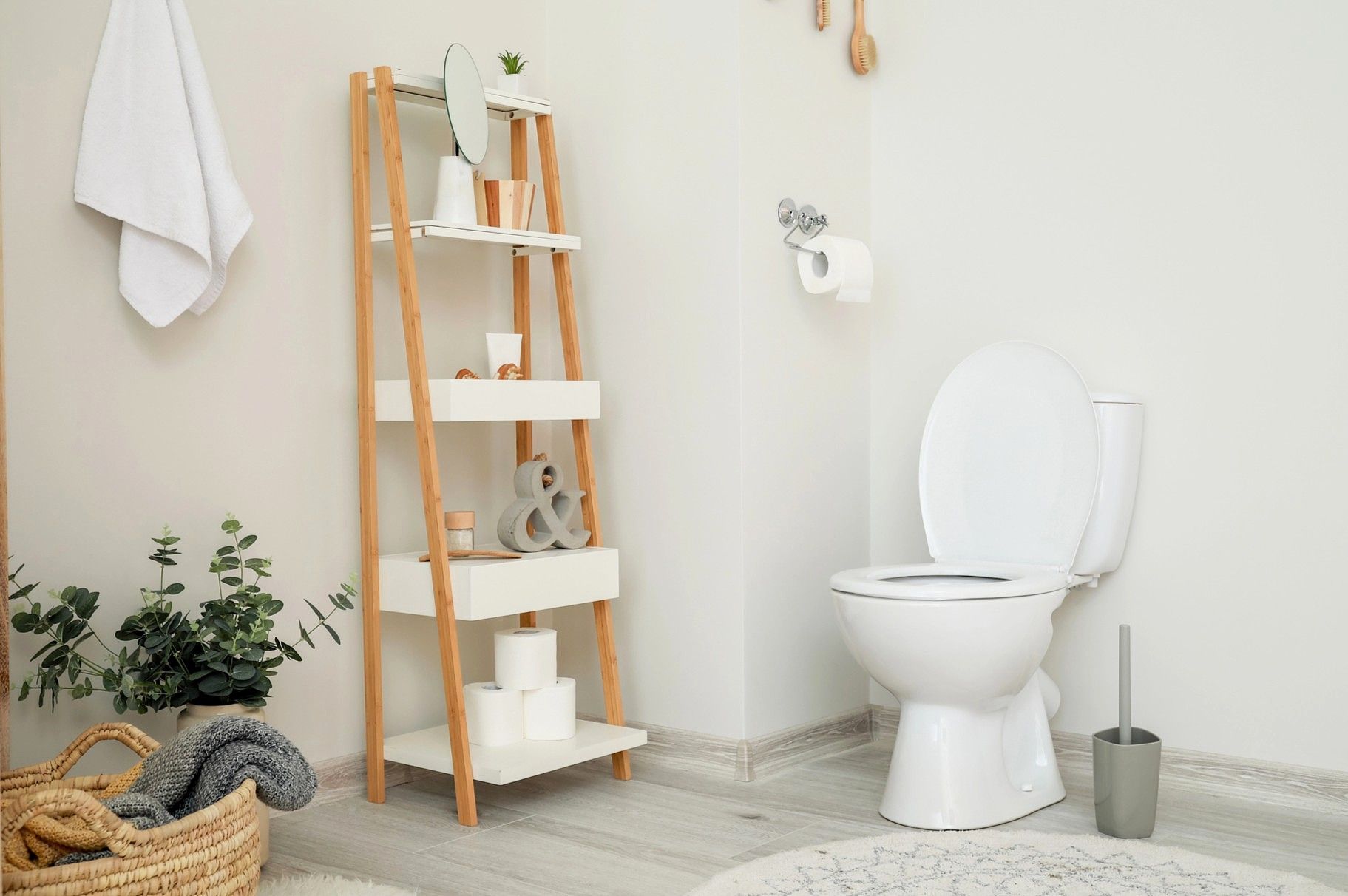10 Things Nobody Tells You About Painting a Room White
October 4, 2021
Tips to take note of before starting your project...
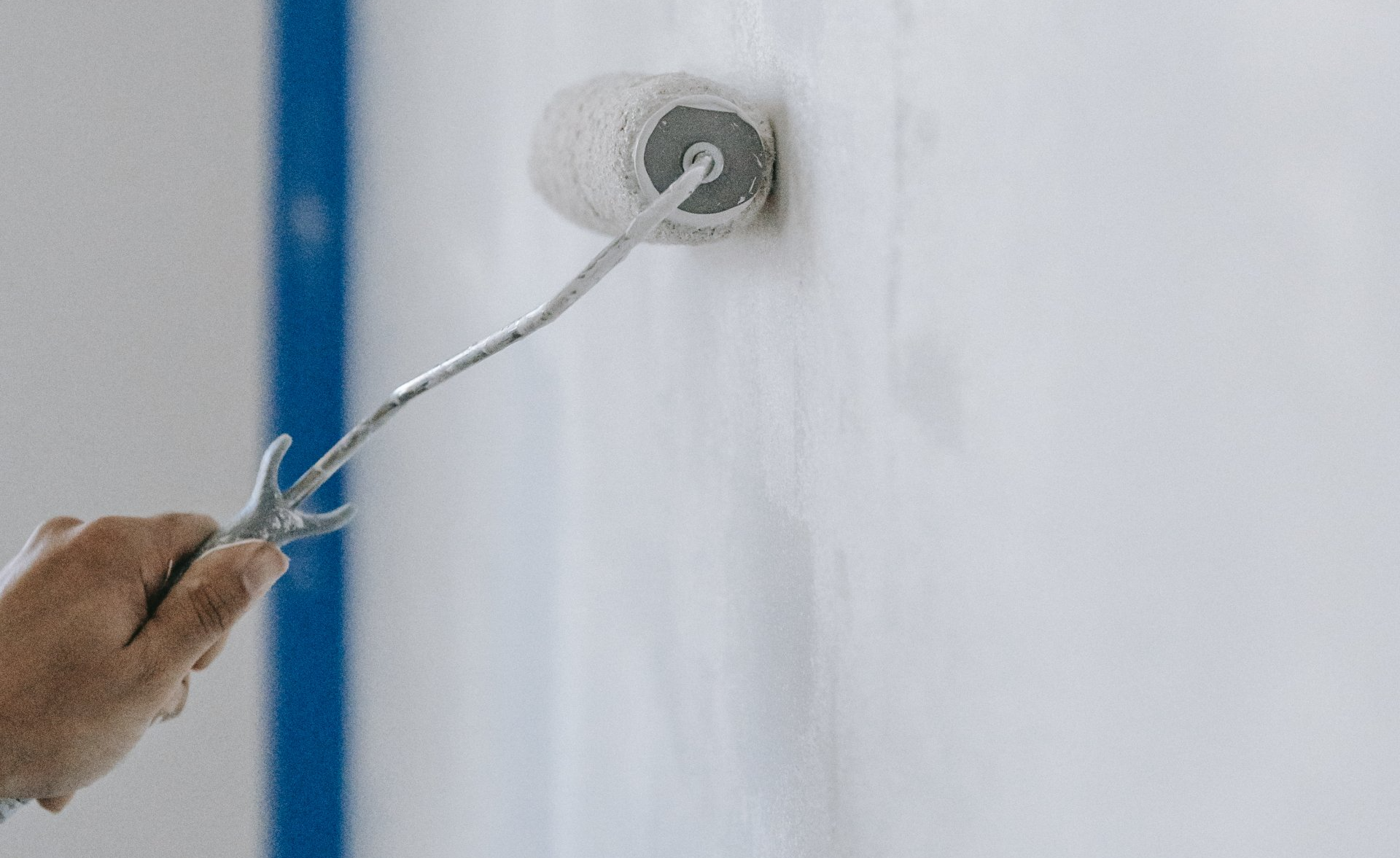
When you're looking to paint a room, there are an array of color options to choose from. But what if you really want pure white? It turns out painting a room white can be a lot more complicated than just picking up the right shade and slapping it on the wall. Here are ten things that nobody tells you about painting your walls white.
1. It's not just about the color. The amount of paint you use, where you put it, and how much time you give before wiping away excess can all affect what your room will look like when finished.
Painting is always a balancing act between trying to cover up old colors with new ones without ending up with too many layers on top or blotchy patches in certain areas. When painting a white wall, this becomes even more difficult because any flaw in the brushstrokes shows starkly against such an unforgiving background. It pays to go gently.
2. Keep that roller moving! If possible, try using rollers rather than brushes for large surfaces - they are less likely to cause brushstrokes.
You'll often see painters use rollers to paint the ceiling, then move down with brushes for walls and doorways. This gives a more uniform appearance because any roller strokes will be hidden on top of the ones already there. It's also less tiring than using your arm muscles all day!
3. If you're painting over red or purple, white won't cover it all up at first - that means two coats are in order! But don't get ahead of yourself when doing this; let each coat dry before starting another one in order to get proper coverage. For best results do not apply the paint too thickly.
If you use high gloss paint, be aware that it will reflect the room around it. This can give an unintended effect of highlighting colors other than white when looking at walls from certain angles. Depending on your preferences this might not be desirable - if so consider using matte or satin paints instead.
4.Unlike traditional eggshell finishes, glossy ones don't show brush strokes as much and are easier to clean up after by simply wiping them down with water. They do however have more shine which some people may find unattractive for their home's decor style. Consider what type of look you want before painting.
Smooth surfaces like glass and porcelain will reflect light more than a rough one will. This can lead to an appearance of brightness and makes the room appear larger than it really is. In contrast, rougher surfaces absorb more light giving them the warmth that feels cozy and inviting - perfect for small bedrooms.
5. White colors are not all equal; there's a huge difference between using Titanium white paint as opposed to Di-Athletic white or Ivory white paints. Make sure you know what you're getting before committing!
The titanium in this type of paint gives it opacity while also creating deeper tones along with brighter whites when used on darker walls such as navy blue or black which other types may struggle to do so well. On the opposite end of the spectrum, Di-Athletic white is a high gloss paint that some people may not like. Just know what you're getting before applying!
6. A color coat can be used to create tiny details such as stripes or borders that will stand out against pure whites. If this sounds tempting but too time-consuming for you, consider hiring an experienced painter instead - they'll do all the hard work and you can enjoy the end result without the stress.
6. A color coat can be used to create tiny details such as stripes or borders that will stand out against pure whites. If this sounds tempting but too time-consuming for you, consider hiring an experienced painter instead - they'll do all the hard work and you can enjoy the end result without the stress.
Painting walls white in a room also means painting trim work and doors as well since these colors often have much deeper hues than simply 'white'. This will give your home a more uniform appearance and help prevent contrasting colors from standing out.
7. White paint also covers everything else in the room! If you don't want this to happen, try using an off-white or light tan base coat for walls before applying white on top of it. It's important not to mix these paints though - they're designed to work with each other so make sure you do that correctly!
7. White paint also covers everything else in the room! If you don't want this to happen, try using an off-white or light tan base coat for walls before applying white on top of it. It's important not to mix these paints though - they're designed to work with each other so make sure you do that correctly!
The best way to preserve any existing wall color is by opting for flat finishes which absorb less light than glossy textures when applied over previously painted surfaces. Just be careful if painting kitchen cabinets because oftentimes the wood can get warped from moisture when glossy paint is used on them.
8. White paints can be applied to any color surface - even if it's already been pre-painted with another shade! The difference will often come down to how well the previous coat has dried and how thickly you apply your white paint, but just remember that this may not always work out so well for darker colors like navy blue or black. Experimentation is key here!
8. White paints can be applied to any color surface - even if it's already been pre-painted with another shade! The difference will often come down to how well the previous coat has dried and how thickly you apply your white paint, but just remember that this may not always work out so well for darker colors like navy blue or black. Experimentation is key here!
When dealing with these types of situations consider using high gloss finishes (such as Di-Athletic) which do better at spreading over uneven surfaces than matte finishes such as flat ones. This helps keep walls that are painted a different color underneath from showing through.
9. White paint is best applied when the temperature and humidity are at their most optimal levels so that drips can be avoided. If you find yourself in a situation where this isn't possible, though, try using a drop cloth to catch any accidental spills before they become permanent!
9. White paint is best applied when the temperature and humidity are at their most optimal levels so that drips can be avoided. If you find yourself in a situation where this isn't possible, though, try using a drop cloth to catch any accidental spills before they become permanent!
A white base coat will have no trouble covering surfaces such as wood or faux wood which may otherwise require multiple coats of other colors if done separately. This saves time and money while also making sure your home stays up to date with current trends - always consider that first before deciding on what type of color paint to use!
10. The problem with whites is they tend not to cover dark spots or stains easily. If you have a large area with this problem, try using an off-white or light tan base coat and then applying white paint over it afterward!
10. The problem with whites is they tend not to cover dark spots or stains easily. If you have a large area with this problem, try using an off-white or light tan base coat and then applying white paint over it afterward!
Be wary of your surroundings when painting - remember to take care around fragile items such as furniture which may be quickly covered in paint otherwise.
White paint is a great way to create a blank canvas for your home, but it's not always the best choice. Understanding all of these tiny details about painting walls white can help you decide what type of finish and color will be right for any given room in your home. If you're looking for an experienced painter who knows how to work with different types of surfaces or wants someone else to do the hard labor, we can help! Contact us today if this sounds like something that would interest you - our experts are ready and waiting!
White paint is a great way to create a blank canvas for your home, but it's not always the best choice. Understanding all of these tiny details about painting walls white can help you decide what type of finish and color will be right for any given room in your home. If you're looking for an experienced painter who knows how to work with different types of surfaces or wants someone else to do the hard labor, we can help! Contact us today if this sounds like something that would interest you - our experts are ready and waiting!

